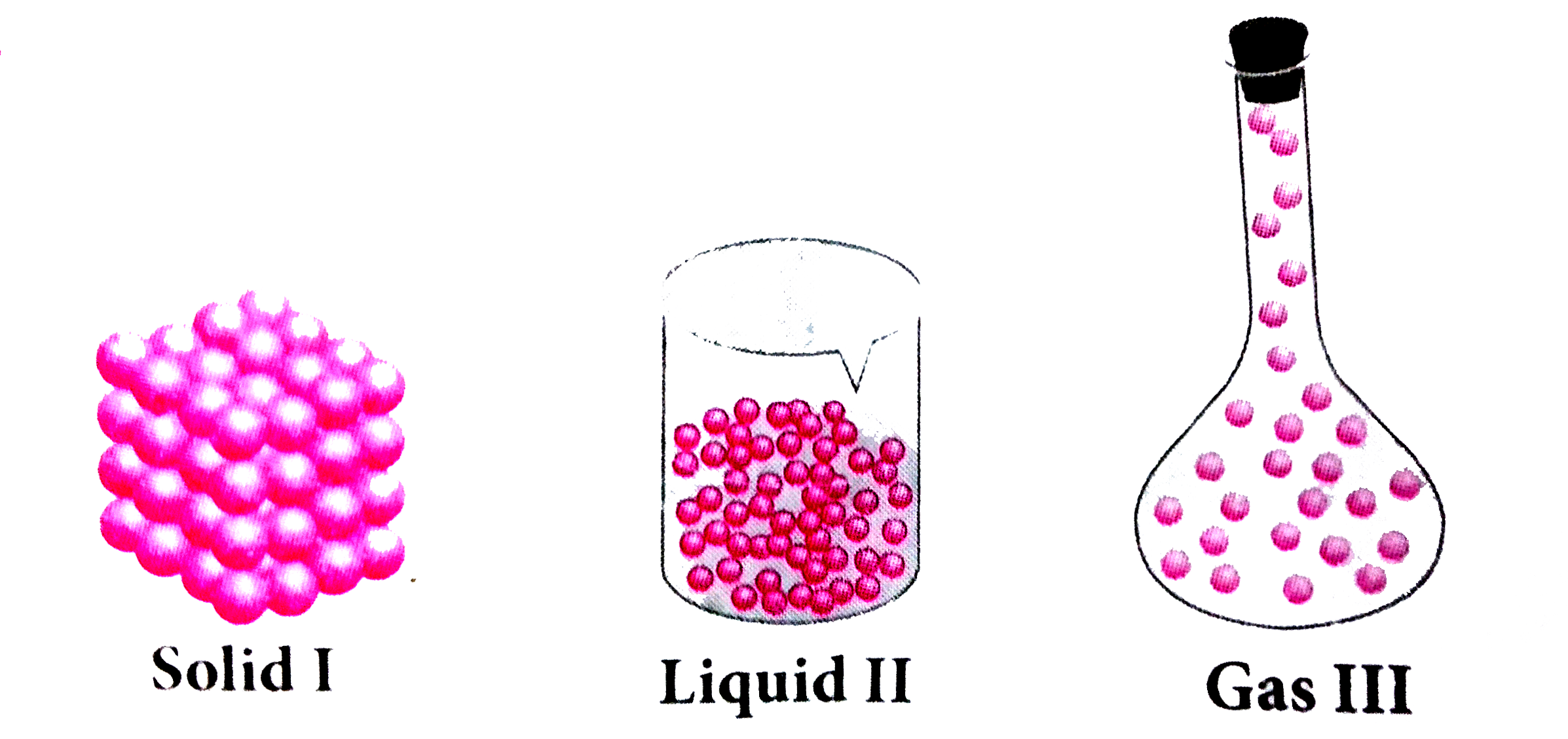The correct statement among I to III regarding group 13 element oxides, are
(I) Boron trioxide is acidic (II) Oxides of aluminium and gallium are amphoteric (III) Oxides of indium and thallium are basic
I, II and III
I and II only
II and III only
I and III only
The correct Answer is:A
To solve the question regarding the correct statements about group 13 element oxides, let's analyze each statement step by step.
Step 1: Analyze Statement I
Statement I: Boron trioxide is acidic.
- Boron (B) is the first element in group 13 and forms an oxide known as boron trioxide (B2O3).
- Boron trioxide is known to react with water to form boric acid (H3BO3), which indicates its acidic nature.
Conclusion for Statement I: This statement is correct.
Step 2: Analyze Statement II
Statement II: Oxides of aluminium and gallium are amphoteric.
- Aluminium (Al) and gallium (Ga) are also part of group 13.
- The oxides formed by these elements are Al2O3 (aluminium oxide) and Ga2O3 (gallium oxide).
- Both Al2O3 and Ga2O3 can react with both acids and bases, demonstrating amphoteric behavior.
Conclusion for Statement II: This statement is correct.
Step 3: Analyze Statement III
Statement III: Oxides of indium and thallium are basic.
- Indium (In) and thallium (Tl) are lower down in group 13.
- As we move down the group, the metallic character increases, leading to the formation of more basic oxides.
- The oxides formed are In2O3 (indium oxide) and Tl2O3 (thallium oxide), which are indeed basic in nature.
Conclusion for Statement III: This statement is correct.
Final Conclusion
Since all three statements are correct, the answer to the question is that all statements I, II, and III are correct.
Answer: All statements are correct.
---
Statement I: Boron trioxide is acidic.
- Boron trioxide is known to react with water to form boric acid (H3BO3), which indicates its acidic nature.
Statement II: Oxides of aluminium and gallium are amphoteric.
- The oxides formed by these elements are Al2O3 (aluminium oxide) and Ga2O3 (gallium oxide).
- Both Al2O3 and Ga2O3 can react with both acids and bases, demonstrating amphoteric behavior.
Statement III: Oxides of indium and thallium are basic.
- As we move down the group, the metallic character increases, leading to the formation of more basic oxides.
- The oxides formed are In2O3 (indium oxide) and Tl2O3 (thallium oxide), which are indeed basic in nature.
Since all three statements are correct, the answer to the question is that all statements I, II, and III are correct.
Topper's Solved these Questions
- BOOK - VMC MODULES ENGLISHCHAPTER - JEE MAIN REVISION TEST 11 (2020) EXERCISE - CHEMISTRY (SECTION - 2)5videos
JEE MAIN REVISION TEST 11 (2020)
- BOOK - VMC MODULES ENGLISHCHAPTER - JEE MAIN REVISION TEST -17 (2020)EXERCISE - CHEMISTRY25videos
JEE MAIN REVISION TEST -17 (2020)
- BOOK - VMC MODULES ENGLISHCHAPTER - JEE MAIN REVISION TEST 5 (2020)EXERCISE - CHEMISTRY (SECTION 2)5videos
JEE MAIN REVISION TEST 5 (2020)
Similar Questions
Knowledge Check
- Question 1 - Select One
The correct statements among I to III regarding group 13 element for oxides are:
(I) Boron trioxide is acidic
(II) Oxides of aluminium and gallium are amphoteric.
(III) Oxides of indium and thallium are basic.A(I) and (II) only .B(I) and (III) onlyC(II) and (III) onlyD(I), (II) and (III) only
Among group 13 elements the one forming an amphoteric oxide is
View SolutionCorrect the statement : Formula of iron (III) oxide is FeO.
View SolutionGive one example each of (i) an acidic oxide (ii) a basic oxide (iii) an amphoteric oxide.
View SolutionAn element with atomic number 5 belongs to III A group of the modern periodic table . Find Oxide of element .
View SolutionDifferentiate among acidic oxides, basic oxides, amphoteric oxides and neutral oxides.
View SolutionName an amphoteric oxide of 13 group elements, explain with suitable reactions.
View SolutionWhich among the hydrides of group 17 elements is: (i) most volatile (ii) most stable (iii) strongest reducing agent?
View Solution


